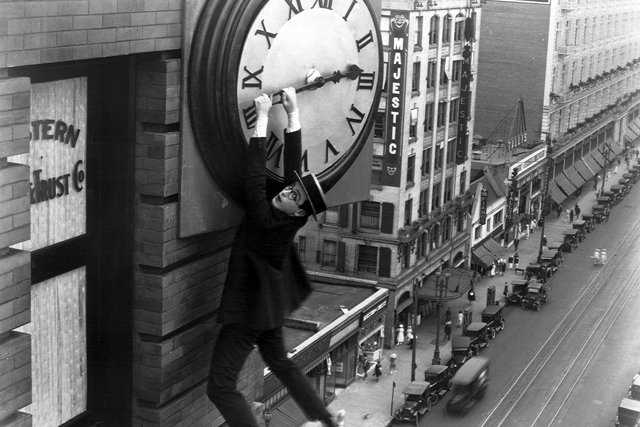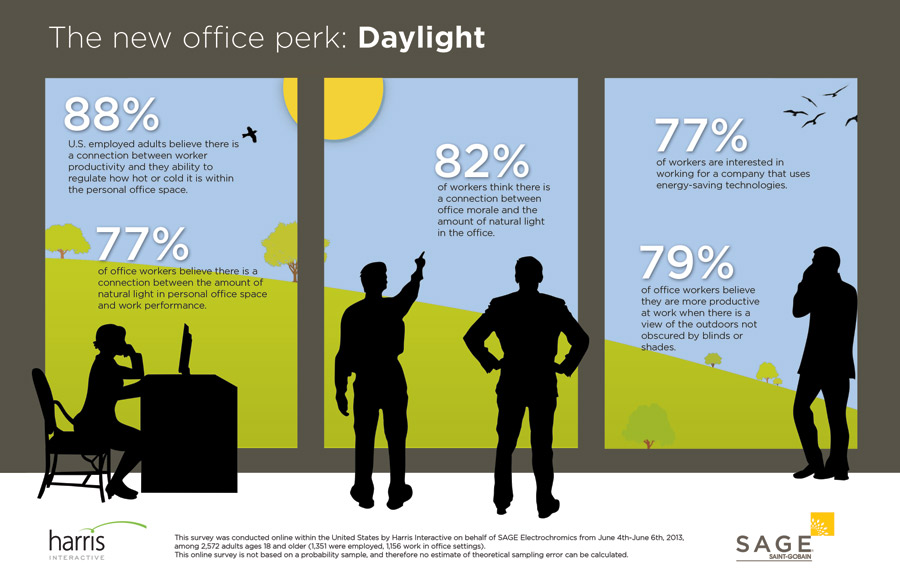This weekend we change our clocks from Daylight Time to Standard Time in the U.S. and Canada (unless you’re reading this from Arizona, Hawaii, four U.S. territorial islands or a few small spots north of the border). Before going to bed on Saturday, November 1, turn your clocks BACK one hour.
You’re welcome. Our public service announcement for the week is concluded.
Now for our safety message: Next week, be extra careful commuting, especially driving home. The transition to standard time increases motor vehicle accidents, especially fatal accidents and pedestrian vs. car accidents. It is estimated that sticking with daylight time year-round would prevent 195 deaths from car accidents, and another 171 pedestrian fatalities. You might want to pass up your nightly walk next week.
Night owls are hit the hardest by the transition out of daylight time, so if you are one be aware. Finnish researchers found night owls don’t cope as well with time changes than early risers.
One good piece of time change news: when daylight saving time ends, the number of heart attacks temporarily drops.
This trivia fascinates me, because it points out yet again how deeply our physical and mental health is tied to the rhythms of nature. We may live in highly developed urban environments, supported by the latest in technology. A mere hour time change shouldn’t matter so much, should it? But it does.
Without the artificial time changes, we would naturally adjust to dawn during the summer months, and again to dawn during the autumn months. We interrupt this natural adjustment by bringing it on all at once. We try to fool our internal biological clocks and while we can force ourselves to follow an artificial time schedule, nature fights against it. Different chronotypes (the generic predisposition to be an early bird or a night owl) feel the effects of time changes in different ways.
As the amount of daylight decreases toward the winter months, it isn’t surprising that some people are deeply affected by it. This is what we know as seasonal affective disorder, or SAD. It can range from a case of “the blues” to serious clinical depression that can be life-threatening. The current preferred treatment is expose to bright light simulating daylight, early in the morning. Scientists are also experimenting with doses of melatonin, produced by the body in response to exposure to sunlight, among other things. See how it all ties together?
In 2013, researchers at the Interdepartmental Neuroscience program at Northwestern University in Chicago reported finding evidence of the strong relationship between workplace daylight exposure and office workers’ sleep, activity and quality of life.
People who worked where there were windows got 173 percent more light exposure during work hours, resulting in an average of 46 minutes more sleep every night compared to workers in offices with no windows. The workers without windows scored lower on quality of life measurements related to physical health and energy, and they reported more problems with sleep quality, interrupted sleep and daytime “dysfunction” (feeling sluggish or actually falling asleep).
The bottom line is that the more time we spend in an artificial environment without the presence of natural cues, our health suffers. It’s true for all sorts of natural influences, not just light. This is what the study of biophilia, the human connection to all of nature’s living systems, is about.
From what we have learned about things like time changes is that we need to try our best to recreate the natural environment in our artificial urban world. The more we can simulate nature by providing bright natural light, clean air without chemical exposure, and adding plants (my favorite!), the better we will feel and function day to day.
Besides, wouldn’t it be a shame to waste all that gorgeous natural light inside without any plants to take advantage of it? If a little nature in the workplace is good, a little more in the form of greening up your office (and your home too) can only be better.


